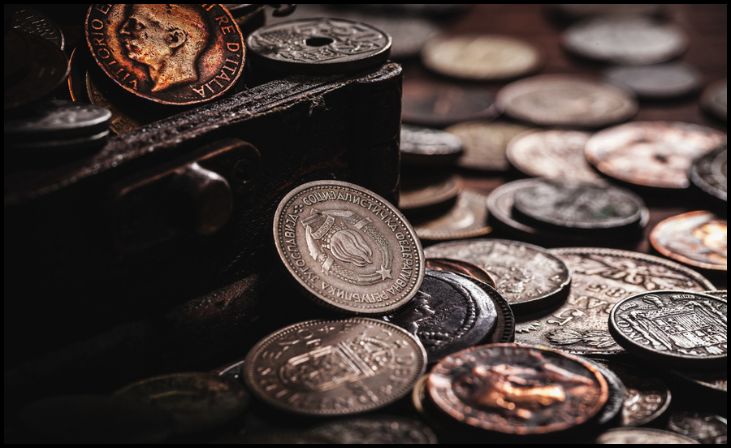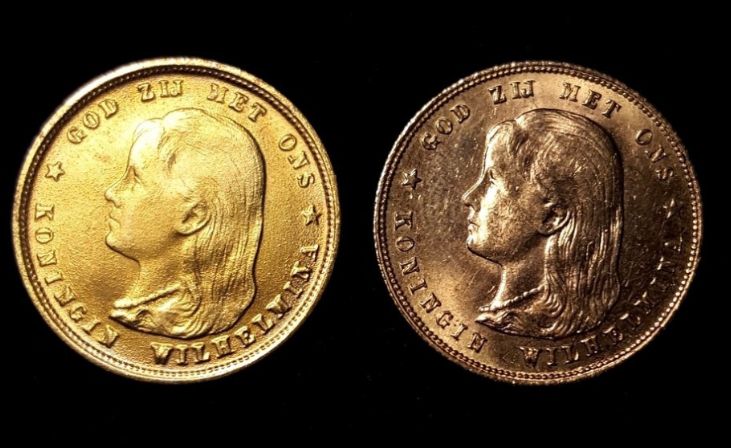
In the world of numismatics, the threat of counterfeit coins looms large, posing a significant risk to collectors and investors alike. Identifying counterfeit coins requires a keen eye and a deep understanding of numismatic intricacies. Here are seven essential tips to help you spot counterfeit coins and safeguard your collection.
1. Know Your Coins

To effectively detect counterfeit coins, it’s crucial to have a comprehensive understanding of the coins you collect. Familiarize yourself with the specific details of each coin, including its weight, size, design, and any unique features or markings. Genuine coins often have distinct characteristics that counterfeiters struggle to replicate accurately.
2. Inspect the Details
Carefully examine the details of each coin for any inconsistencies or irregularities that may indicate forgery. Look for misspellings, mismatched fonts, blurred edges, or poorly defined features, as these are common signs of counterfeit production. A magnifying glass can be a valuable tool for scrutinizing intricate designs and detecting minute imperfections.
3. Check the Weight and Dimensions
Counterfeit coins often deviate from genuine ones in terms of weight and size due to differences in materials or manufacturing techniques. Invest in a precision scale and caliper to accurately measure the weight and dimensions of your coins. Any significant deviations from standard specifications should raise suspicions about the coin’s authenticity.
4. Test the Metal Composition

Many counterfeiters use base metals or alloys to mimic the appearance of precious metals like gold or silver. To assess the metal composition of a coin, use a magnet to determine if it exhibits magnetic properties. Genuine gold and silver coins are typically non-magnetic, so any attraction to the magnet suggests the presence of ferrous materials and indicates a potential counterfeit.
5. Look for Mint Markings and Security Features
Authentic coins often bear mint markings or security features that are challenging to replicate. These may include microprinting, reeded edges, holograms, or special engravings intended to deter counterfeiters. Examine the coin under proper lighting conditions to identify these unique identifiers, as their absence or inconsistency could indicate forgery.
6. Seek Professional Authentication
When in doubt about the authenticity of a coin, seek assistance from reputable coin dealers, numismatic experts, or professional grading services. These professionals possess the expertise and specialized equipment necessary to conduct thorough authentication procedures, providing you with reliable assessments of your coins’ legitimacy.
7. Stay Informed and Vigilant

Counterfeiters continually evolve their techniques to evade detection, making it essential for collectors to stay informed about the latest counterfeiting trends and security measures. Engage with online forums, attend numismatic events, and keep abreast of industry publications to enhance your knowledge and vigilance against fraudulent coins.
